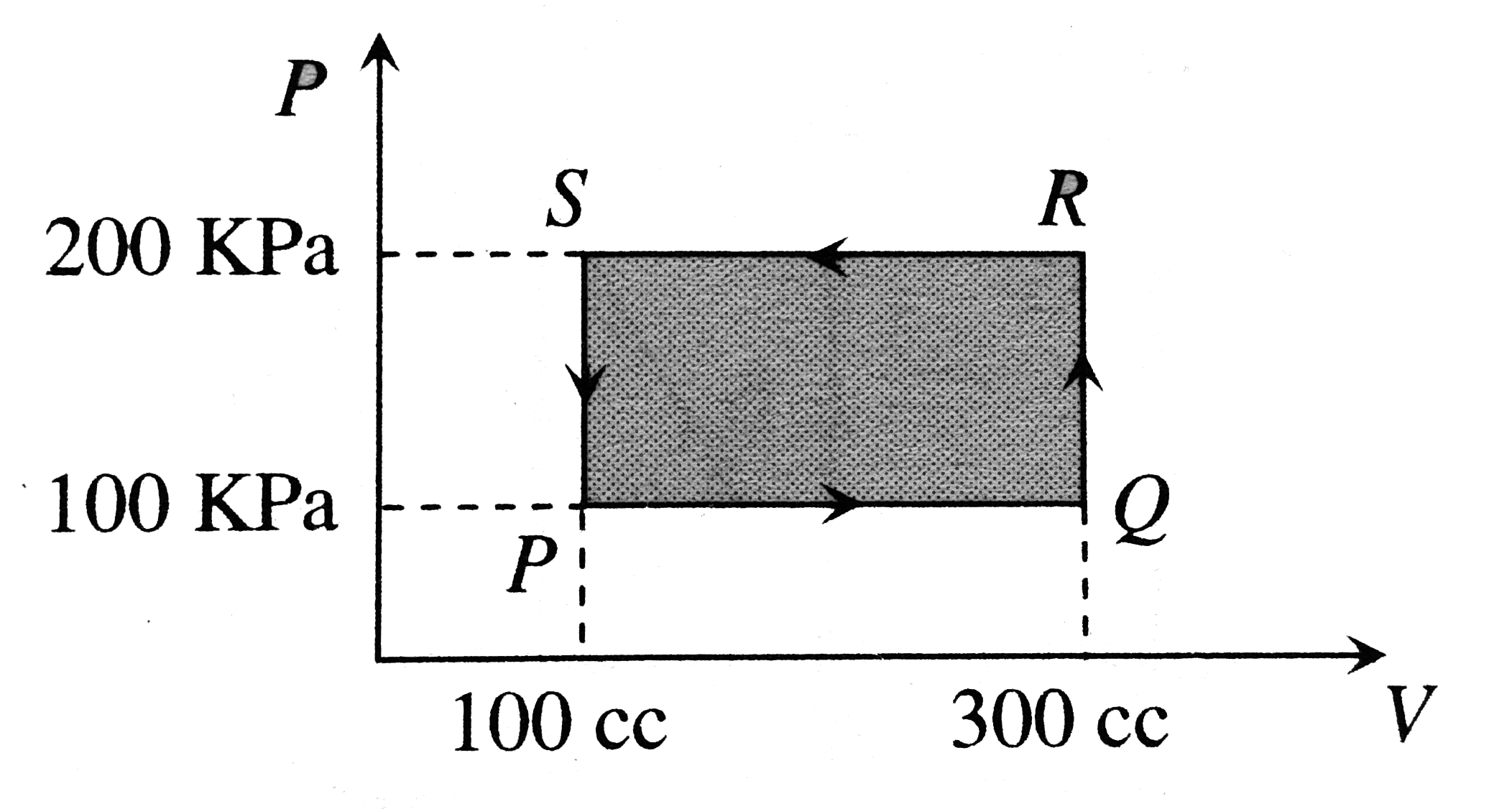ΔG is a measure of the net work done by a system. True/False.
To determine whether the statement "Delta G is a measure of the net work done by a system" is true or false, we can analyze the concept of Gibbs free energy (ΔG) in thermodynamics.
1. Understanding Gibbs Free Energy (ΔG):
- Gibbs free energy (ΔG) is a thermodynamic potential that measures the maximum reversible work that can be performed by a thermodynamic system at constant temperature and pressure.
2. Relation to Work:
- ΔG is specifically related to the useful work obtainable from a process. It indicates the capacity of a system to perform work when it undergoes a change.
3. Interpreting the Statement:
- The statement claims that ΔG is a measure of the net work done by a system. Given that ΔG quantifies the maximum work that can be extracted from a system under certain conditions, it can be interpreted as a measure of the net work done.
4. Conclusion:
- Since ΔG represents the useful work that can be obtained from a process, the statement "Delta G is a measure of the net work done by a system" is True.
Final Answer:
True
- Gibbs free energy (ΔG) is a thermodynamic potential that measures the maximum reversible work that can be performed by a thermodynamic system at constant temperature and pressure.
- ΔG is specifically related to the useful work obtainable from a process. It indicates the capacity of a system to perform work when it undergoes a change.
- The statement claims that ΔG is a measure of the net work done by a system. Given that ΔG quantifies the maximum work that can be extracted from a system under certain conditions, it can be interpreted as a measure of the net work done.
- Since ΔG represents the useful work that can be obtained from a process, the statement "Delta G is a measure of the net work done by a system" is True.
True
Topper's Solved these Questions
- CHEMICAL THERMODYNAMICS BOOK - ICSECHAPTER - CHEMICAL THERMODYNAMICS EXERCISE - FILL IN THE BLANKS. TYPE QUESTIONS
20 Videos
- CHEMICAL THERMODYNAMICS BOOK - ICSECHAPTER - CHEMICAL THERMODYNAMICS EXERCISE - ASSERTION -REASON TYPE QUESTIONS
9 Videos
- CHEMICAL THERMODYNAMICS BOOK - ICSECHAPTER - CHEMICAL THERMODYNAMICS EXERCISE - OBJECTIVE (MULTIPLE CHOCE) TYPE QUESTIONS
59 Videos
- CHEMICAL BONDING AND MOLECULAR STRUCTUREBOOK - ICSECHAPTER - CHEMICAL BONDING AND MOLECULAR STRUCTUREEXERCISE - NCERT TEXT-BOOK EXERCISES ( WITH HINTS AND SOLUTIONS)
47 Videos
- CLASSIFICATION OF ELEMENTS AND PERIODICITY IN PROPERTIESBOOK - ICSECHAPTER - CLASSIFICATION OF ELEMENTS AND PERIODICITY IN PROPERTIESEXERCISE - NCERT TEXT-BOOK. EXERCISE (With Hints and Solutions)
63 Videos
Similar Questions
Knowledge Check
In changing the state of a gas adiabatically from an equilibrium state A to another equilibrium state B an amount of work equal to 22.3 J is done on the system.If the gas is taken from state A to B via a process in which the net heat absorbed by the system is 9.35 cal then the net work done by the system in latter case is
(Take 1 case =4.2 J)A15 JB16 JC17 JD18 J
If ΔU and ΔW represent the increase in internal energy and work done by the system resectively in a thermodynamical process, which of the following is true?
View Solutionw is positive when the work is done on the system. (T/F)
View SolutionIn a cyclic process, work done by the system is
View SolutionIn changing the state of a gas adiabatically from an equilibrium state A to another equilibrium state B, an amount of work equal to 22.3 J is done on the system. If the gas is taken from state A to B, via a process in which the net heat absorbed by the system is 9.35 cal, how much is the net work done by the system in the latter case ?
View SolutionThe internal enegy of an ideal gas decreases by the same amount as the work done by the system.
View SolutionCalculate the increase in internal energy of system when 40 joule heat is supplied and the work done by a system is 8 joule
View SolutionA thermodynamic system is taken through the cyclic PQRSP process. The net work done by the system is

View Solution